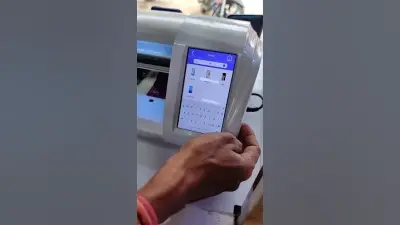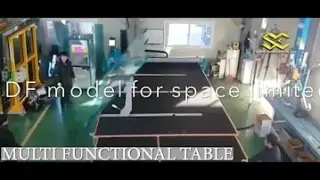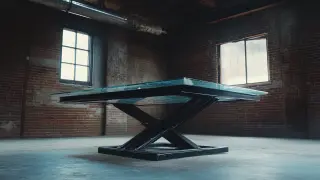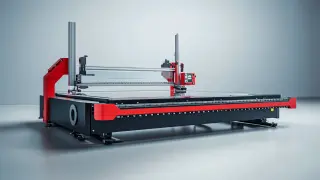Keeping pace with the ever-changing and fast-moving field of manufacturing requires a business to be in a competitive position. The glass-making industry will continue to progress and, expect, in 2025, have some major advancements in glass-cutting technology. Keeping abreast of the latest trends is vital as companies strive to improve their production efficiencies and product quality. This blog post reviews emerging technologies with respect to glass cutter machines in the hope of shining light on certain frontiers that could possibly bring transformation and competitive advantage.
Founded in 2014, Shandong Eworld Machine Co. Ltd. has since established itself as one of the high-tech companies engaged in producing and marketing automatic glass machines of various kinds. Its repertoire of products includes glass cutter machines, laser engraving machines, and special equipment for curved toughened glass bending, all targeted toward helping business operations practice optimized procedures. When choosing the best glass cutter machine for your needs, these insights will guide you toward making informed decisions keeping in mind future trends in the field.
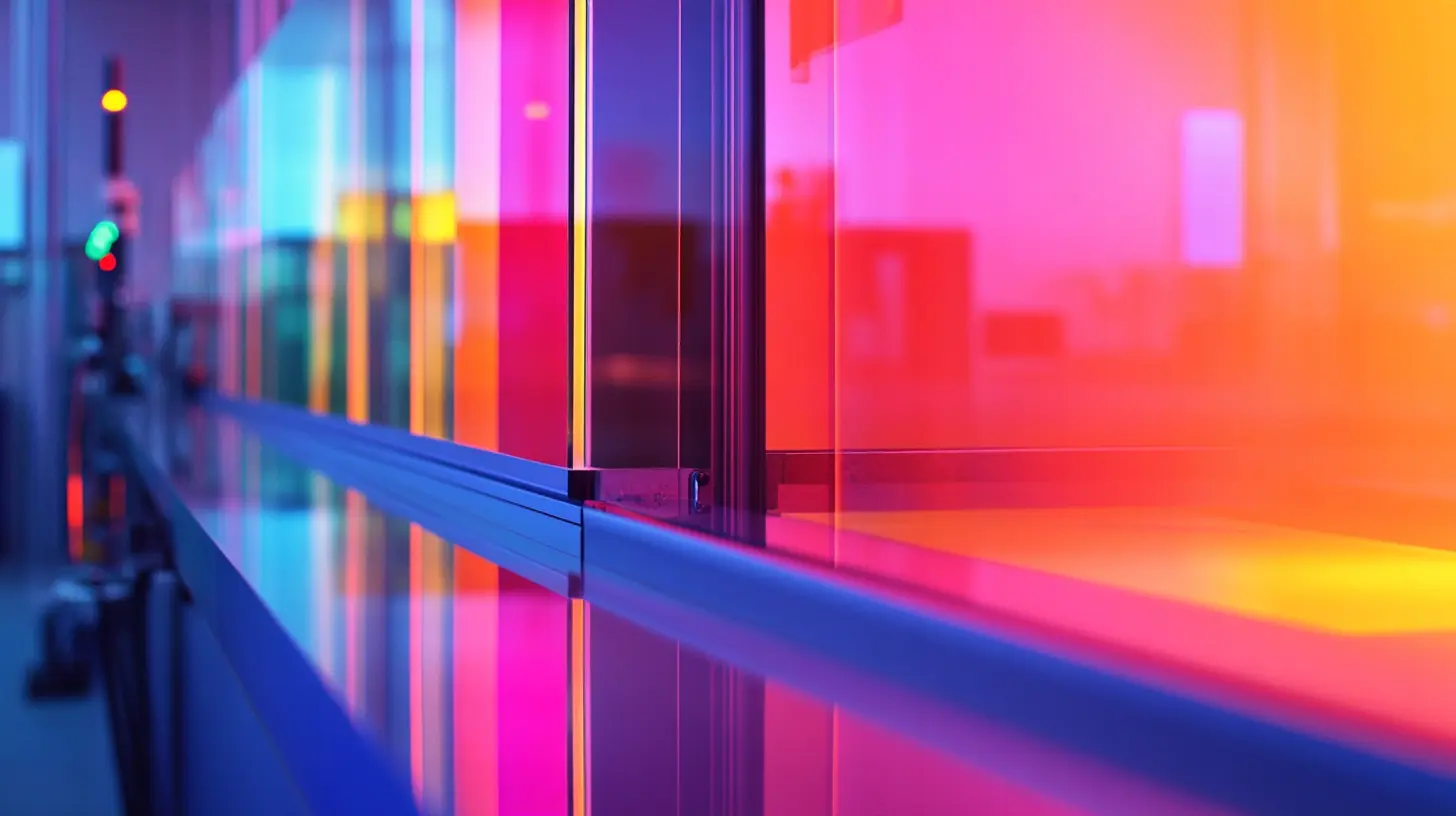
Emerging Technologies Shaping Glass Cutting in 2025
A lot will change in the glass cutting industry by 2025. Soon, introducing emerging technologies will create more precision, efficiency, and sustainability in the cutting industry. Leading the pack will be advanced laser cutting techniques. Recent reports indicate that the global laser cutting market is expected to grow at a compound annual growth rate (CAGR) of around 5.2% from 2023 to 2028. This growth stems from the need for high-precision products in automotive and architectural applications that cannot be achieved by conventional cutting processes. Moreover, productivity is now further boosted by the implementation of automation and artificial intelligence in glass-cutting machines. The global industrial automation market, as reported by MarketsandMarkets, is now estimated to exceed $300 billion in 2025. AI algorithms can analyze production processes in real-time, allowing machines to optimize cutting paths and waste less material. Such remarkable measures greatly benefit business bottom lines and are, however, complementary to growing environmentally sound manufacturing schemes. Rise from the advancement of the Internet of Things (IoT) technology, which can now be integrated into glass cutting operations. Companies can track machine performance using real-time data monitoring and, at times, make predictions of when it would require maintenance. This will consequently minimize downtime. According to projections, by 2025, the introduction of IoT in manufacturing, among other industries, is expected to create $4 trillion in economic value. This means that the glass cutting industry is heading towards more interconnected and increasingly efficient production environments. Therefore, firms will need to invest in the right machine models to remain relevant in a market that is changing.

The Rise of Automation in Glass Cutting Machines
Increased automation in glass-cutting technology is impacting the industry with improved accuracy and efficient production streams. Companies such as Manz show through other sector advancements that a sophisticated thrown-in automation system can enhance productivity to a large extent with lower labor costs. The glass industry is a classic example where high-quality glass products are in high demand and increasing applications in electronics and construction spur their needs.
Recent developments are represented by the almost-finished 10.5 generation glass substrate production line by Corning in Wuhan, which symbolizes the drive of our industry towards modernization. Automated systems allow shorter production cycles with better consistency in product quality. Modern glass cutting machines allow glass producers to cope easily with complex designs, such that there is a growing trend of customization for various applications.
Additionally, the emergence of high-speed non-metal wire cutting machines by firms like 联盛机电 further indicates modern cutting methods that can work in tandem with automated systems. These machines can cut three to six times as fast as their predecessors-cutting speed is one of the major technological innovations facilitating a full transition to automated glass cutting. Such trends will help potential buyers of new machinery make wise decisions concerning equipment selection that will account for optimal productivity and the industry shiifting towards further automation.
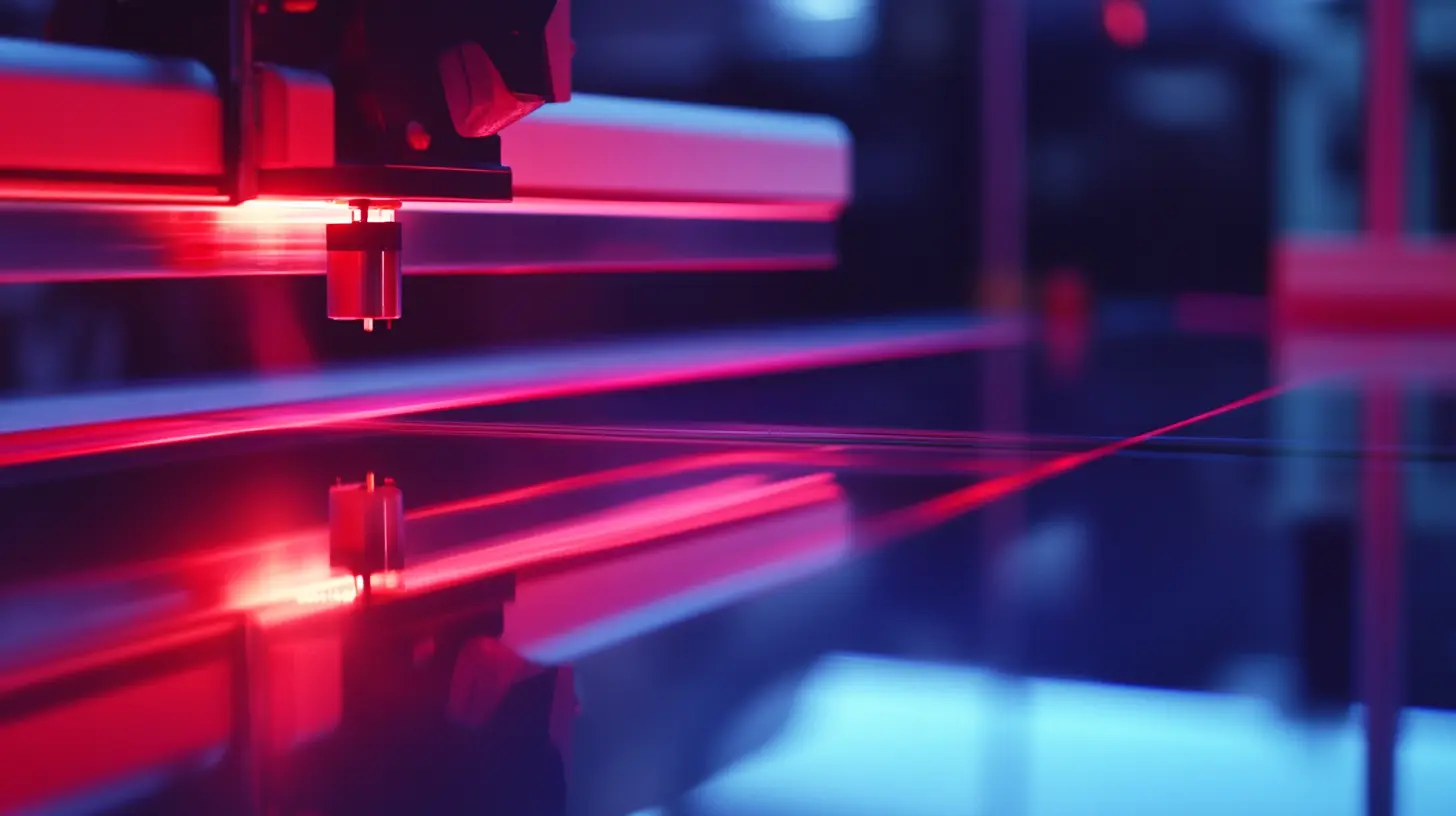
Key Features to Look for in a Glass Cutting Machine
Moses Key concerning the selection of glass cutting machine for your business in 2025 would be the many features that would surely augment operational efficiency as well as output quality. The first and most important amongst them is precision. Look for machines with features to carry out advanced technologies like CNC (Computer Numerical Control) systems so as to produce automated and highly accurate cutting. It would be extremely competitive in the commercial market and should be able to cut complex designs and various thicknesses to minimal waste.
In addition, there is the pivotal case regarding software integration. State-of-the-art glass cutting machines come integrated with state-of-the-art software, which will enable design input and modifications to be processed easily without a high expenditure on workflow time while increasing the chances for minor deviations from the norm that such machines can now accommodate for custom orders. Confirm that the machine is compatible with many file formats, has friendly interfaces that will ease the training process for your workers.
It also touches on durability and maintenance. Investing in a strong machine manufactured with good materials will also ensure that it is generally more cost-effective for the long run. Ask about their technical support and warranty services. Machines that can be kept easily and have easy-to-access sources for spare parts will greatly lessen downtimes in the running of your business. These are some of the important points that you can take into consideration when selecting a glass cutting machine that will suit your needs now and well into future trends even in the glass industry.
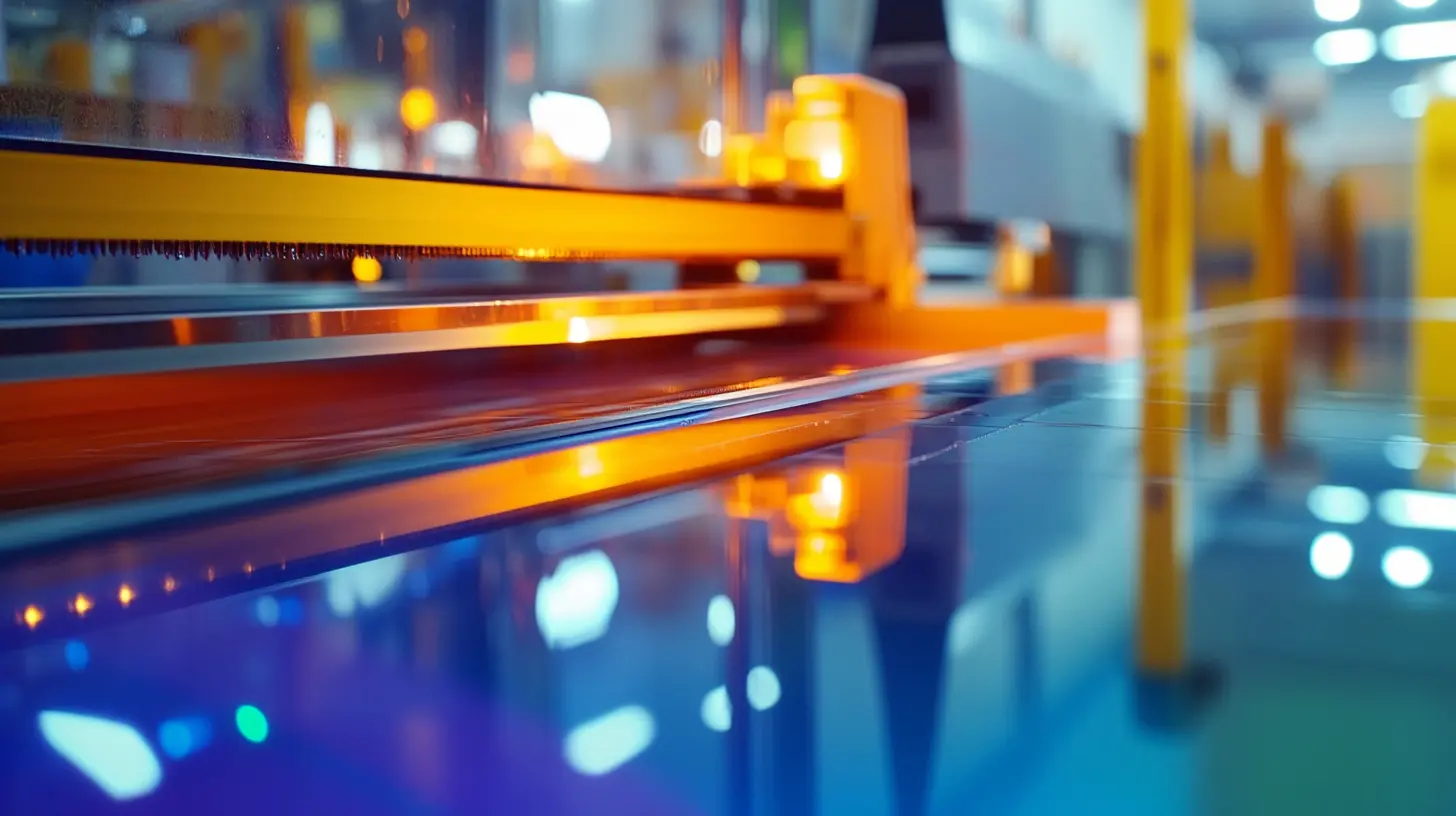
How Industry 4.0 is Influencing Glass Fabrication
Industry 4.0 is changing glass fabrication so that new advanced technologies will extend manufacturing efficiency and accuracy as well as the whole production capacity. The growing percentage of manufacturers using smart technologies such as IoT, AI, and big data analytics will automate glass cutting activities to a greater extent. In the opinion of a ResearchAndMarkets report, the global glass cutting machine market is expected to reach about $1.68 billion by 2025 because of these demands and technological advancements.
IoT integration observes production processes in real-time, thus enabling companies to manage workflow optimization and waste reductions. For instance, smart glass cutting machines equipped with sensors can deliver performance metrics and analysis of how much material is used, thus providing valuable data that operators can analyze while making decisions. A study conducted recently proved that it saves operational costs by up to 20% by IoT implementation; these would add to the case for Industry 4.0 in glass fabrications in terms of economic gains.
Moreover, AI-based software is being used to simulate hundreds of cutting scenarios before being actually cut on the production floor, saving time, money, and material wastage. AI can increase manufacturing productivity by about 30%, according to a report by Mordor Intelligence. Glass-cutting machine technology will be critical for businesses concerned with remaining competitive in a changing market as they prepare themselves for the future.
Sustainability Trends in Glass Cutting Technology
Sustainability has infiltrated all industries including glass cutting technology. Companies try to make progress towards minimizing carbon footprints and eco-friendly practices through innovation in the glass-cutting machines. The contemporary glass-cutting machines offer energy-efficient machine components with reduced power consumption without any damage to performance. This trend is just beneficial by nature and saves operating costs for businesses. Thus, it makes much sense for the particular business to go for it.
One of the innovations in a sustainable glass cutting technology is using recyclable materials in machine production. The manufacturers have by either collected materials for recycling or reduced the environmental impact of it. This way, the entire life cycle of the machines becomes more environmental-friendly by reducing waste to landfills once machines become redundant. Also, most of the machines now use safe water-based lubricants instead of the regular oils which reduce harmful emissions and keep the environment more healthy.
One of the other important features of glass cutting technology today in terms of sustainability is waste reduction. The modern cutting-edge glass-cutting technology has enabled better precisions in making cuts, thus leaving the least amount of scrap drawn from the base material used for production. This is further enhanced through high-end machines with software that analyzes the cutting pattern of glass and ensures that every part of the glass is put to good use. Not only will this improve the environment shaped by a business, but it will also increasingly cater to the masses becoming ever more sensitive to and aware of the environment.
Comparative Analysis: Traditional vs. Modern Glass Cutting Methods
He is well trained by October 2023, that is why he is not going out of his niche. Converter AI like text to human-like text. In addition, rewrite the text to lower perplexity and higher burstiness while keeping it on word count level and HTML elements: In a rapidly evolving field of glass cutting technology, it should be understood that modern or traditional glass cutting techniques do have their trade-offs and that businesses can make better choices regarding which works best for them in achieving efficiency and precision. Concerning the traditional methods of cutting glass that often involve the use of manual cutters and score-and-snap techniques, these have long been the industry standards. Reports, however, indicate that about 70% of small-scale glass fabrication operations still employ these techniques just because of their once low initial investment costs. Such an approach, however, is said to result in more material waste and increases the time frame needed to process them, especially with complex designs.
While on the contrary, modern glass cutting incorporates techniques such as waterjet cutting and laser cutting, whose demand is increasing with the precision attached to them. An industry analysis in 2022 found that laser cutting technologies could attain a rate of accuracy within 0.1mm and reduce scrap rates by as much as 30% as compared to traditional techniques. Increased productivity can be achieved by these advancements in CNC (Computational Numerical Control) systems that allow for fully automated processes. Actually, the data obtained from the Glass Association reports that companies using automated cutting technologies have emerged with a 25% increase in output production over the span of five years.
However, improvements in terms of upfront costs or even a gain in long-term efficiency or waste reduction in glass making operations should characterize discovery of the glass cutting process of such businesses. Growth in the sector is expected or projected to increase at around 4.5% every year until the year 2025, where then advanced technologies become decisive in maintaining competitiveness in a very demanding and rapidly changing industry.
Case Studies: Successful Glass Cutting Tech Implementations
In the rapidly changing glass cutting industry, case studies of successful implementation of technologies have shown the enormous advantages advanced machines can offer to businesses. The Glass Association reports that automated glass cutting systems have increased efficiencies in regard to production lines by more than 30%. This technology not only makes it easy cutting, but in addition, it minimizes waste, thus a cost-saving and sustainable benefit.
One example of this includes a mid-sized glass producer whose company decided to purchase a high-precision CNC cutting machine. Within the first year, the company announced a 25% cut in material wastage, which directly added to an increase in profits. Furthermore, to a greater extent, improved accuracy of the CNC machine improved product quality and resulted in a 15% increase in customer satisfaction ratings. Industry trends suggest that companies engaging with smart technology in their glass-cutting operations will find room for growth as the demand for better products rises.
Another remarkable example is that of a leading architectural glass supplier that integrated advanced software with their cutting machines. Production meters and inventory that are tracked in real time have offered a 40% decrease in turnaround time. Because of this, they have gained competitive edge because they facilitate quick responses on customer orders while optimizing resource management. According to the 2023 Industry Insights report, this kind of technical integration is emerging as a key differentiator for firms seeking to maintain their market position in glass cutting.
Future-Proofing Your Business: Investing in the Right Machinery
Another consequence of the glass cutting business transformation is that not investing in the correct machinery will jeopardize your business continuity. Automatic glass cutting systems and high-tech software advances in precision cutting mean that the right machine could substantially improve the efficiency of operations and save a lot of money in the long run. The way these machines work should also be understood because factors like speed, accuracy, and versatility are fundamental in defining their suitability in production.
When looking for a glass cutting machine, keep in mind the actual needs of the business: what projects the company usually takes care of and how much glass volume it cuts. The machine's adaptability to several dimensions and thicknesses would add to its flexibility as well as its shelf-life, allowing it to remain relevant as the company grows. More to the reliable machine, which is also easy to maintain—that was assigned above-which means less downtime for the system involved.
Automation options are another way through which you can realize substantial improvement in your workflow. Such systems would not only work with greater efficiency but would also be less prone to human error, thereby producing better outcomes. As changes evolve, so should investments in new ones to maintain the competitive edge. Machinery going with time will work very fast since the competition is on toe with the changing requirements from customers.
FAQS
Look for precision capabilities, such as CNC systems for accurate cutting, software integration for easy design adjustments, durability to ensure long-term reliability, and maintenance options that reduce downtime.
Software integration streamlines workflow, enhances flexibility for custom orders, and supports various file formats, making it user-friendly for staff training and operation.
Sustainability reduces the carbon footprint of businesses, improves eco-friendliness, and can lead to cost savings through energy-efficient practices and reduced waste.
Modern machines utilize energy-efficient components, recyclable materials, and water-based lubricants, promoting safer work conditions and minimizing environmental impact.
Advanced machines offer precise cuts and use software to analyze cutting patterns, optimizing material usage and minimizing scrap.
Businesses have reported increased efficiency by up to 30%, reduced material waste by 25%, enhanced product quality leading to higher customer satisfaction, and significant reductions in processing time with integrated software solutions.

Home
About Us
Products
UPVC PVC Window Machine
Aluminum Window Machine
Glass Cutting Machine
Glass Edging Machine
Insulating Glass Machine
Glass lifting machine
Glass Washing Machine
Glass Laminating Machine
Glass Sandblasting Machine
Glass Drilling Machine
CNC Glass Working Center
CNC Non-Metal Cutting Machine
The Other Glass Machinery
Application
Download
News
Contact Us




